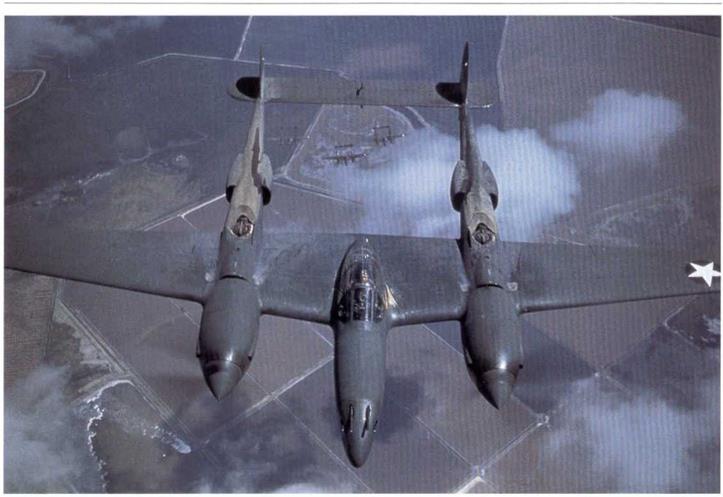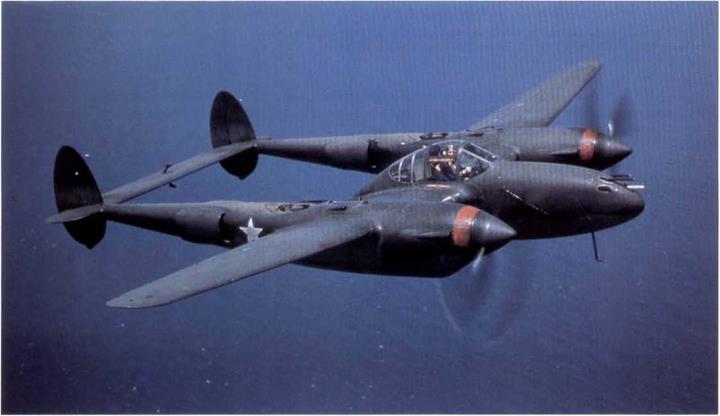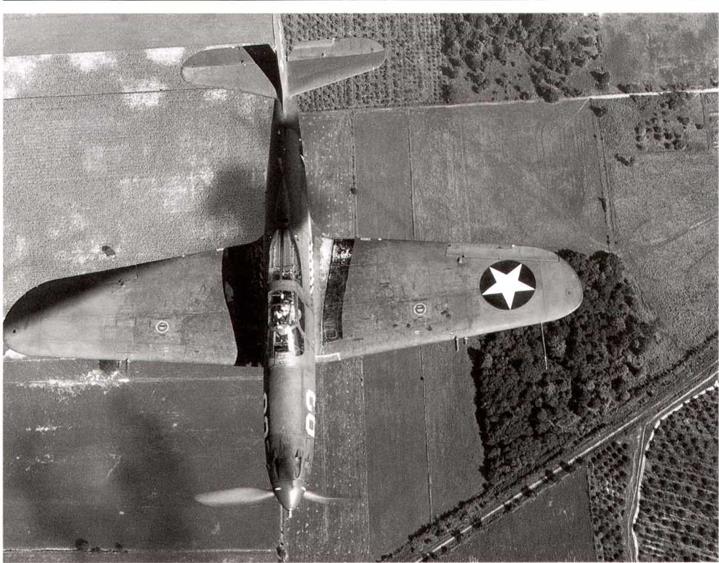Permanent Sand Camouflage requested for 98th Bomb Group project, May 27,1942
On May 27, 1942, the Prod. Eng. Sect.(WF), teletyped the Prod. Eng. Sect. (Wash.) that:
In reference to requirements for application of Desert Camouflage to aircraft for 98th Bomb Group project, it is intended to apply permanent camouflage enamel conforming to Air Corps Spec. 14109 of the same color as water color Sand, Chart No. 26. It is also intended to apply this enamel in a solid color coat over the existing Olive drab camouflage and that the under surfaces will remain neutral gray as they are at present.
In-as-much as present instructions at the Material Center concerning camouflage of this type are not definitive, this information is furnished in order that the proper authority may be informed.
(Note: the 98th Bomb Group (Heavy) initially consisted of 35 B-24Ds, They were sent from Morrison Field, Florida, between 17 and 30 July, via the southern ferry route to their Middle East base at Ramat David, Palestine. They went into action on August 1, 1942).
Application of Haze paint to F-4 aircraft reviewed, May 27,1942.
The Exp. Eng. Sect. (WF), reviewed the painting of eight F-4 aircraft of the 5th and 9th Photographic Reconnaissance Squadrons at Felts Field, Spokane, WA. They found that experienced painters, even if unfamiliar with the principal of haze paint application, could quite easily accomplish the work, under proper supervision.
Deletion of “U. S.ARMY” from below wings ordered, May 28,1942.
The AAF directed that the lettering “U. S. Army” be removed from the bottom of wings of camouflaged airplanes then in service and those being produced. All manufacturers were notified that the lettering was no longer desired, and the Material Center was ordered to eliminate the requirement from appropriate specifications.
Spec. 98-24102-K, Amendment No. 3 changes insignia requirements, May 28, 1942.
The design of the insignia was now changed to reflect the requirements of the War Department Circular of May 12th. The following now applied:
|
|
Lockheed P-38F, showing the new Insignia to 24102-K, amendment no.3, on left wing. Note the condition of the paint on booms aft of the turbosuperchargers, caused by their exhaust. (USAF via Gerry R. Markgraf)
|
|
Lockheed P-38F, shows its black number "86E” on nose of cowls, and the red cowl bands behind propellers. It can be seen where the red star was painted out on the fuselage insignia. Note that the insignia is missing from the top of the left wing. (USAF)
|
Bell P-39F (or later; it has the small dorsal fin, but retains the four wing mounted guns) shows how few markings there were on the top of wings at this time. Only the fuel filler caps and the cocarde are to be seen. (USAF) |
Design:
(1) . Training Aircraft. – The design of the insignia shall be a red circle inside of a white five pointed star, inside of a blue circumscribed circle as shown in Figure I. The circumference of the inner red circle shall be tangent to the lines forming a pentagon made by connecting the inner points of the star.
(2) . Combat Aircraft. – The design shall be the same as that described in para
a. (1) for training aircraft except that the circle inside of the five pointed star shall be eliminated and the entire star shall be white. The colors were to conform to the A-N Aircraft Color Standards.
For rudders, the spec, now read:
(1) . Training Aircraft. – The insignia on the rudder shall consist of one blue stripe parallel to the rudder post and 13 alternate red and white stripes parallel to the longitudinal axis of the airplane as shown in Figure 2.
(2) Combat Aircraft. – The rudders of combat aircraft shall bear no insignia.
Mil. Keq. Policy No. IS, Supply. 1, defines standard basic camouflage, May 29,1942.
A supplement to Mil. Req, Policy No, 15, dated May 29, 1942, set forth the standard basic camouflage for all operational aircraft produced in the U. S. Manufacturers were to apply the olive drab paint to top surfaces and neutral gray to lower surfaces of the aircraft and all lines of demarcation were to be eliminated as much as possible.
A memo issued by the Material Center, WF, on June 8, 1942, further stated that haze paint for special photographic aircraft would be provided if desired and that ail training aircraft should be camouflaged as directed by Theaters of Operations. In order to avoid confusion as to the term operational aircraft, JAC approved on June 12,1942, limitation of this term to apply only to USAAF land based aircraft, with the exception of amphibians.
|
Boeing B-17E-BO. 41-9102, is seen flying over Topeka, Kansas in 1942. Note the medium green blotches on the vertical tail and top wing and stabilizer surfaces, per the order of July 1942. (March AFB Museum) |














